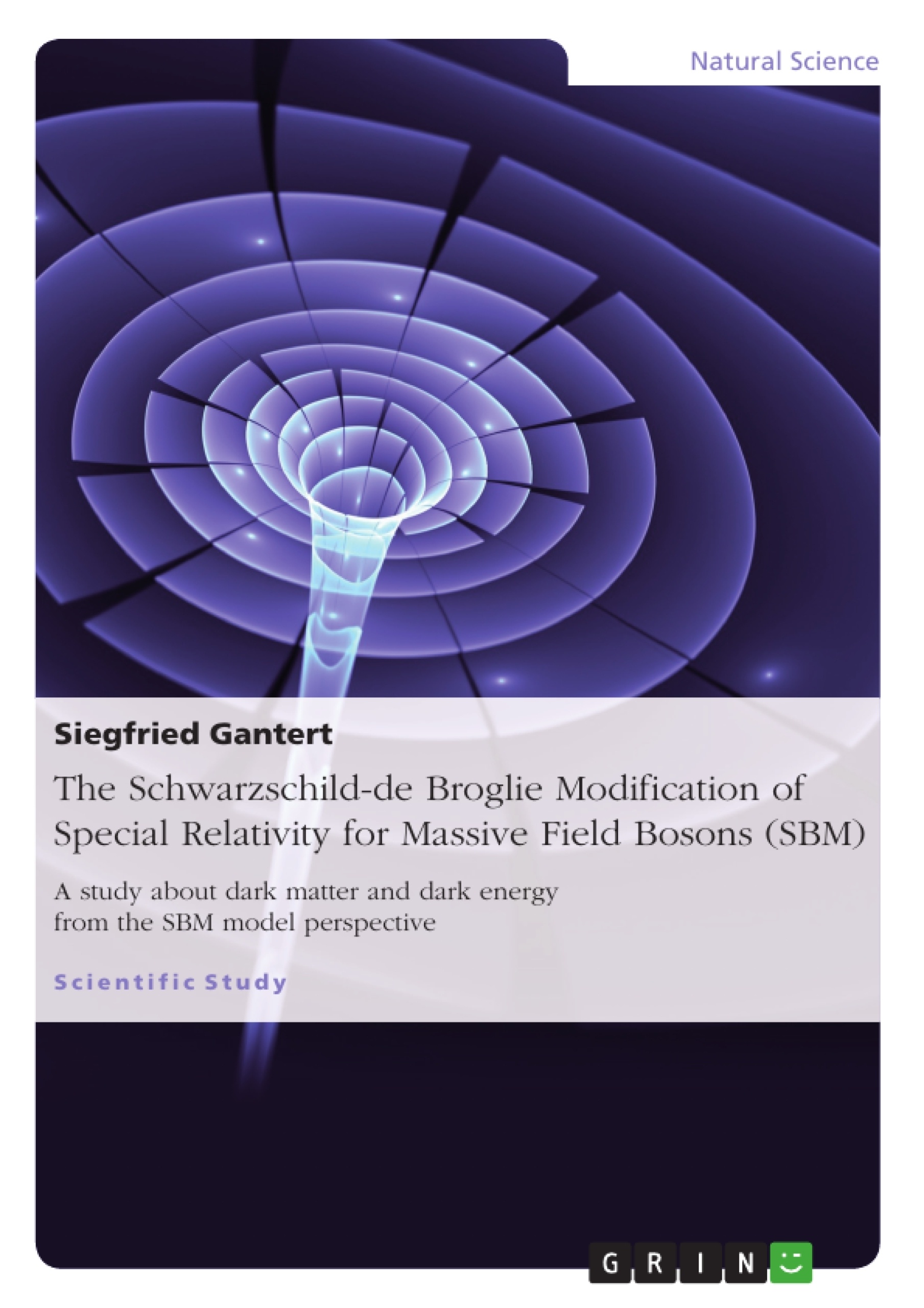This work is a presentation of a modified form of special relativity for field-bosons – in short SBM. Field bosons, for the purposes of this work, are synonymous with the condensates from spin 0-particles. The starting point is the hypothesis that a minimum size of uncertainty ∆x > 2∙rS (rS=Schwarzschild radius) becomes effective with relativistic velocities, from which different limit velocities 0 < v(l,n) < c are derived, depending on the size of the field bosons. In accordance with the SBM model, field bosons under a defined phase limit become massive through spontaneous symmetry breaking. Field bosons can melt into larger condensates through the effects of gravity, whereby their effective mass is reduced, thus also reducing their large-scale gravitative coherence.
Table of Contents:
Abstract
1.0 Introduction
2.0 The Schwarzschild – de Broglie modification of SRT for massive field bosons (SBM)
3.0 Spontaneous symmetry breaking with the formation of a phase boundary
4.0 Higgs mechanism from the SBM model perspective
5.0 Discussion and Conclusion
6.0 Acknowledgement
7.0 Literature
- Quote paper
- Siegfried Gantert (Author), 2014, The Schwarzschild-de Broglie Modification of Special Relativity for Massive Field Bosons (SBM), Munich, GRIN Verlag, https://www.grin.com/document/269167
-

-

-

-
Upload your own papers! Earn money and win an iPhone X. -

-
Upload your own papers! Earn money and win an iPhone X. -

-
Upload your own papers! Earn money and win an iPhone X. -

-
Upload your own papers! Earn money and win an iPhone X. -

-
Upload your own papers! Earn money and win an iPhone X. -

-
Upload your own papers! Earn money and win an iPhone X. -

-
Upload your own papers! Earn money and win an iPhone X.

